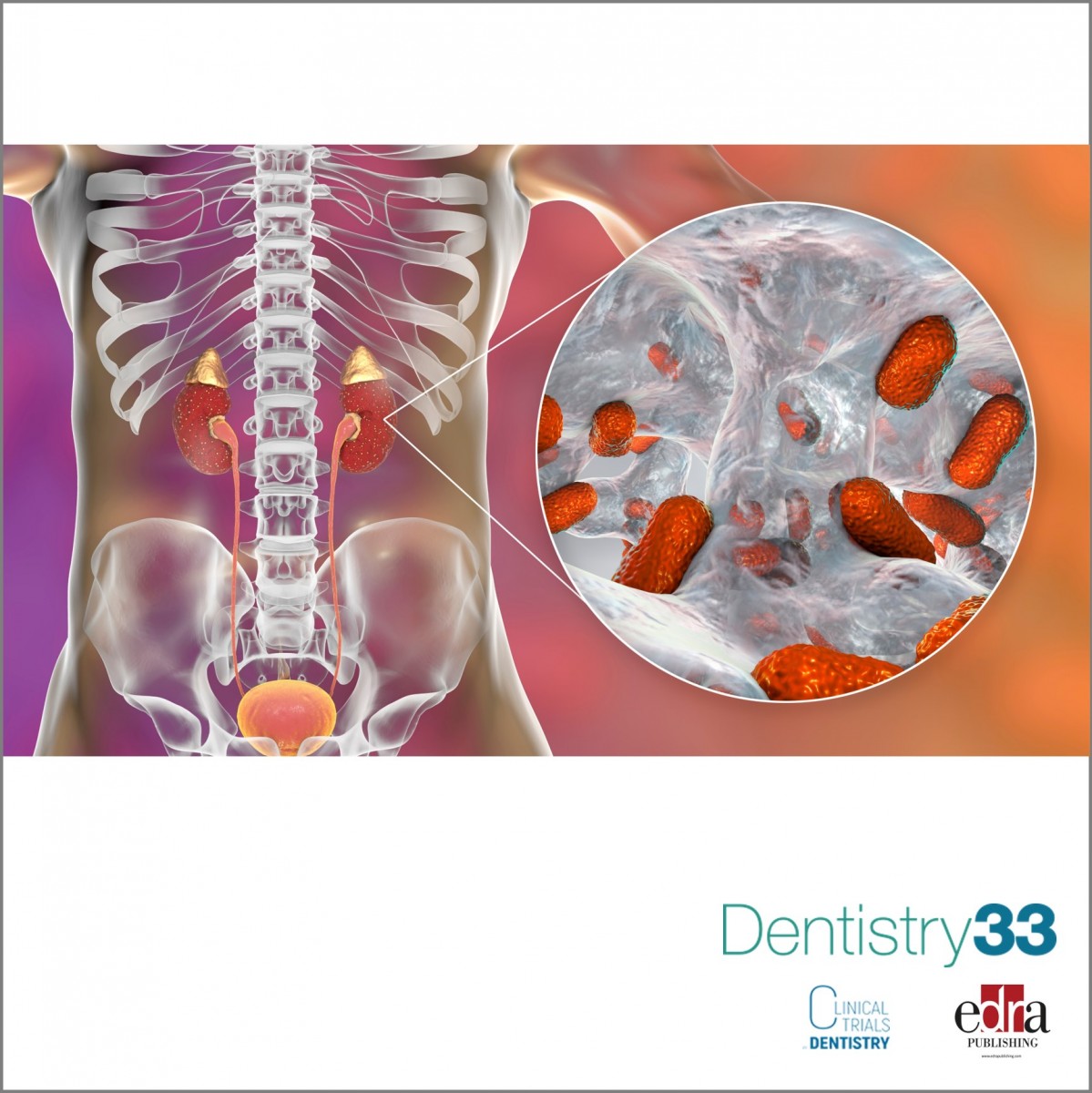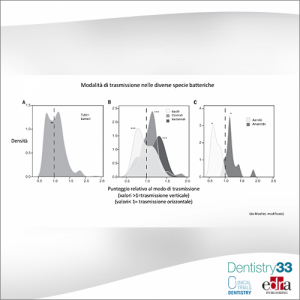
Focal infection theory: a new modernity in view of microbiota recent studies?
Authors: Carlo Fornaini, Francesco Di Pierro
The “Focal Infection Theory”, very popular in 1930s, hypothesized the possibility that an infection of a specific zone might migrate to other different organs, even not contiguous, causing diseases at a distance; this theory was responsible of very invasive preventive treatments, such indiscriminate tooth extractions and tonsillectomies but was abandoned due to the scanty scientific evidence.
Up today, thanks to epidemiological studies, several relationships between oral infections and many systemic diseases were demonstrated.
The aim of this narrative review of literature is to describe the microbiotic movements between the different zones of the body and to suggest a new approach for infections and their systemic effects prevention.
 Related articles
Related articles
Oral pathology 28 November 2021
Focal infection theory: a new modernity in view of microbiota recent studies?
Authors: Carlo Fornaini, Francesco Di Pierro
The “Focal Infection Theory”, which was very popular in the 1930s, hypothesized the possibility that an infection of a specific zone might migrate to other different organs, even not contiguous,...
 Read more
Read more
Editorials 10 October 2025
With proud smiles and crisp white coats, ninety-three learners from the DDS Class of 2029 and the International Dentist Pathway Class of 2028 marked the start of their dental careers at the UCSF...
Periodontology 10 October 2025
Continuous professional development (CPD) in Periodontology refers to the overall framework of opportunities that facilitate a life-long learning practice, driven by the learner-practitioner and...
TheraBreath, the #1 alcohol-free mouthwash brand in the U.S.*, has introduced a new line of dentist-formulated, clinically tested toothpastes designed to support professional oral care...
News 10 October 2025
New officers and trustees were installed at the Minnesota Dental Association’s Leadership Conference on September 19 in Minneapolis.
News 10 October 2025
Smartee Denti-Technology today announced that Professor Gang Shen, its Chief Scientist and Executive President of TaiKang ByBo Dental, has once again been named to the World’s Top 2% Scientists...











